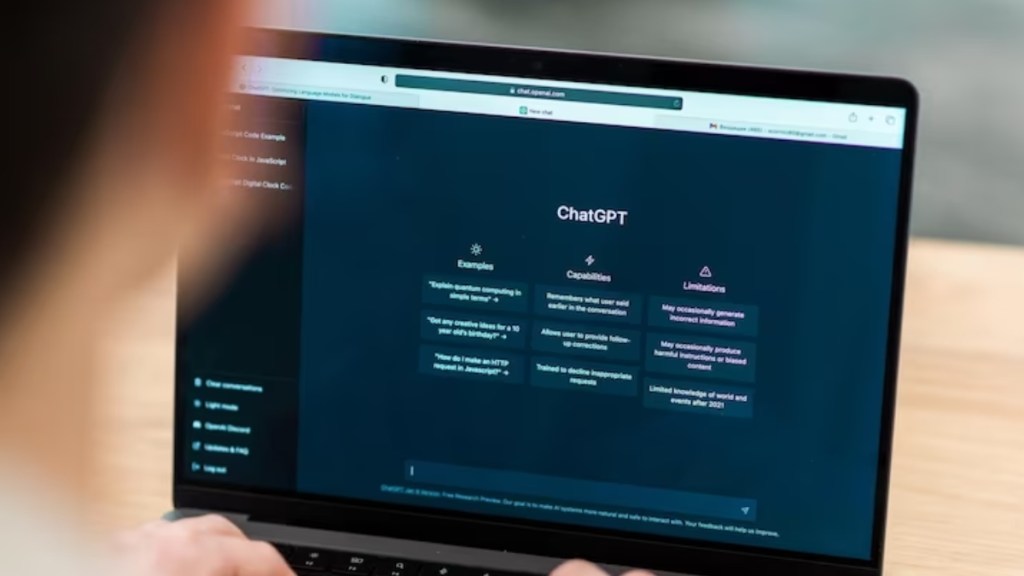By Mamta Purbey
In recent years, artificial intelligence (AI) has made significant strides in various fields, including medical education and healthcare. One notable AI application in this domain is Chat GPT which stands for Chat Generative Pre-trained Transformer, a language model developed by OpenAI. Chat GPT, with its advanced natural language processing capabilities, has emerged as a valuable tool in improving medical education and enhancing healthcare delivery.
Chat GPT serves as a virtual assistant and a comprehensive source of medical knowledge, offering immediate access to information on a wide range of topics. It proves particularly helpful in the following areas:
Instant Access to Knowledge and Interactive Learning
One of the major advantages that students have post ChatGPT is how students are effectively able to ‘interact’ with a virtual guide. I have seen students discuss patient case studies, possible treatment approaches, asking hypothetical questions on use cases etc. Chat GPT brings a dynamic element to the learning process. It can simulate real-time conversations, allowing learners to interact with the model, ask questions, and receive responses that mimic human-like discussions. This has definitely enhanced the perspective of the students and also brought in a newer dimension in learning. By engaging in interactive discussions with Chat GPT, medical students can explore complex medical concepts in a more accessible and intuitive manner as it adapts its responses to individual learners’ needs, catering to their pace, knowledge level, and specific areas of interest.
Case Scenario Generation and Enhanced Critical Thinking
It creates diverse and realistic patient scenarios, allowing medical students to hone their clinical reasoning and problem-solving skills through simulated real-life encounters. Particularly intriguing for students in their ultimate and penultimate years of medical study, this new phenomenon of generating real-time case studies empowers learners to provide inputs that generate hypothetical clinical encounters and critical cases. Such experiences significantly enhance their analytical and diagnostic abilities, preparing them for their future roles as competent healthcare professionals.
Efficient Summarisation of Medical Research
Training language models to generate summaries of medical research articles simplifies the process of deciphering key findings and the broader significance for medical students. Immediate understanding of studies allows students to stay in touch with the latest research in their field, ultimately saving time and effort.
Improving Medical Textbooks
Language models can enhance medical textbooks by adding extra explanations, examples, and visuals. This makes complex medical concepts easier for students to understand and helps improve their overall comprehension of the subject.
Chat GPT can prove to be an invaluable asset for educators and students alike as it can generate essays, synopses, and even entire textbooks with minimal human input. While Chat GPT offers significant benefits, it is important to acknowledge its limitations. These include the lack of human expertise and the potential for biased or misleading responses due to training data. Contextual understanding may be challenging, and data privacy concerns and dependency on technology infrastructure also arise.
ChatGPT’s versatility also brings forth concerns about unethical use in education, exemplified by its potential to generate plagiarized content. Students might exploit the model to produce assignments and academic papers, passing them off as their original work.
Overall, ChatGPT’s advantages in medical education contribute to a more immersive, personalized, and efficient learning experience for aspiring medical professionals.
The author is associate vice president, student acquisition – international at American University of Antigua.
